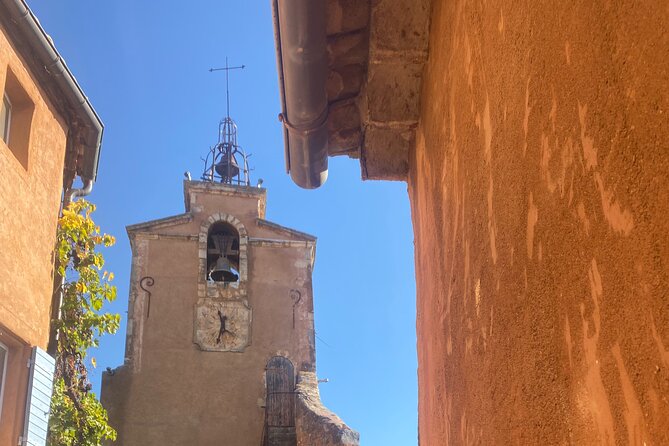Orion Astroview 90mm Refractor review
Orion are one of the most well known names in the amateur astronomy industry, so it’s not surprise that this refractor is one of the more popular models available. It has a 90mm aperture, which although is fairly small, doesn’t mean you should completely avoid even considering this one.
There are definitely some good things to think about when looking at this model, and we’re going to run through both the good and the bad.
So, we know that cheaper refractors tend to suffer a little bit when it comes to magnification, and I guess that’s true here too. Though this telescope does offer strong optical performance, you may struggle to see celestial objects that are far away in the distance.
For this reason, I’d advise that you use this model with a good Barlow lens and even match that up with an eyepiece too, which can help to make up for any loss in magnification. This telescope can be bought for around the $300 mark, which means that it makes it one of the best telescopes for under $500.
The telescope comes with two different sized eyepieces for you to use, which are the pretty standard sizes of 10mm and 25mm. When you use them with the telescope, you’ll be able to see planets at a closer detail, although this isn’t the best telescope if you’re looking for high levels of detail. It also comes with a focuser too, which is definitely needed when you’re using it. But as well as the accessories, the performance is important, so we’ll look through the pros and cons of the telescope.
- As with any telescope, the most important thing is the quality of your image. And in comparison to many other telescopes within a similar price range, the Astroview is actually pretty good. Sure, it’s not going to win any awards in the near future, but it does the job well enough.
- When completely assembled the entire telescope weighs a little over 23 lbs. Whilst this doesn’t necessary make it a travel telescope, it’s lightweight enough that you could carry it around anywhere with you if necessary.
- The fact that this telescope comes with an equatorial mount to use with it is definitely a massive plus. Most bargain telescopes use an Alt-azimuth mount as opposed to an equatorial one, which isn’t as good as an equatorial – essentially an EQ is designed to follow the curve of the Earth, so the axis it’s on follows the stars more accurately.
- Although you’d be mistaken for thinking that this is a great telescope for a beginner, that’s not strictly true. It’s actually quite difficult to put together, which could be an obstacle if you have no previous experience with a telescope.
- Like any cheap refractor, it’s not going to be as powerful as the possible reflector alternative. This is always going to be the case with a refractor, and it’s pretty typical for a refractor of only 3 or 4 inches to be the same price as a 5 inch Dobsonian or Newtonian.
- The telescope itself is very sensitive when you’re using it, and it can be difficult to use properly. That’s why I’d say that it’s not really a beginner’s telescope, even though it comes at a low enough price point.
All in all, I do think that this refractor is pretty good value for money. It’s not the most powerful telescope out there, but it will enable you to see the moon and stars – though maybe not in as greater detail as you’d like. However, you get a wide field view that is pretty perfect for getting to grips with your first telescope, so it could be a good option if you’re looking for an alternative to your current reflector at home.





